CAMERA PARTS, TOOLS & ACCESSORIES
CAMERA PARTS
LENSES
The lenses we found in Afghanistan were from Russia or Japan. The aperture usually ranged from f.4 - f.16. The same lens used for a kamra-e-faoree might as well have been used for any large format camera.
The lenses used for kamra-e-faoree are shutter-less. The duration which the photo paper is exposed to light is manually controlled by the photographer who removes and replaces the lens cap by hand whilst timing the process. |
|

|
BACKDROPS
Customers are photographed sitting against a material backdrop which is usually pinned from its corners to a wall or hung over a stretched line. As can be seen below, however, backdrops can be hung in a variety of ways. (Sketches based on photos by Bob Lockhart, Ross McDonnell, ABCP)
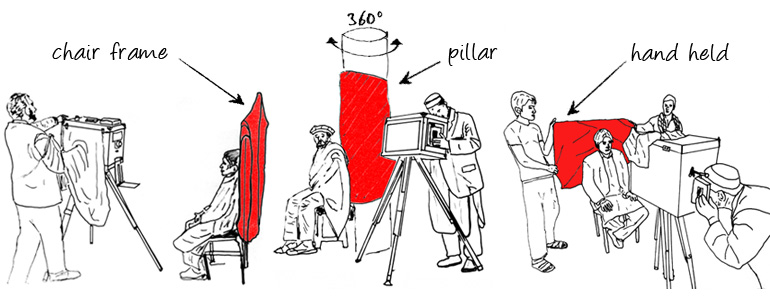
BACKDROP FRAME
In some cases photographers used backdrops where the material was draped over large free-standing wooden frames. The video below shows Izzat Ullah building this kind of contraption. (See a video of Izzat taking a photograph in front of the backdrop here.)
ACCESSORIES
PAPER HOLDER
The paper holder is an internal part of the camera which holds in position and stabilizes the photographic paper behind the sanded glass. Different sizes of paper can be pushed into the paper holder depending on how big it is (to see paper being loaded into a holder watch How to use a kamra-e-faoree); and the holder can be made out of any available material that is relatively stiff and that can be cut into shape. Below are a few examples made out of old Polaroid film packaging and a Forte black and white paper box.
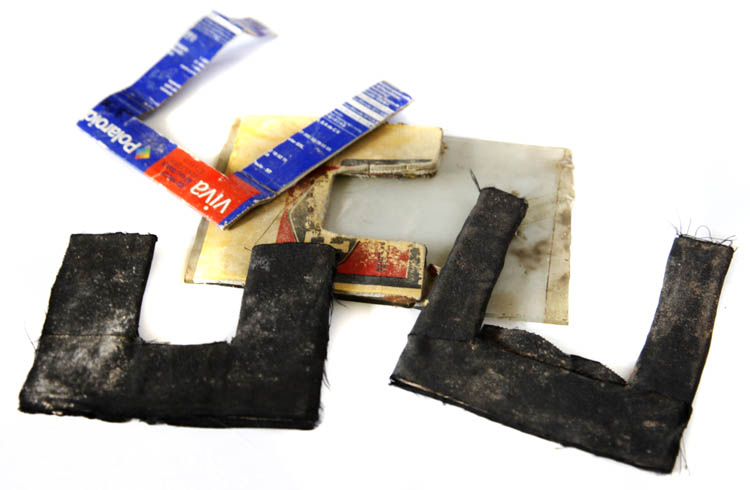
The paper holder below from the Hakeemy brothers' box camera is made of stiff cardboard and wrapped in old weathered newspaper.
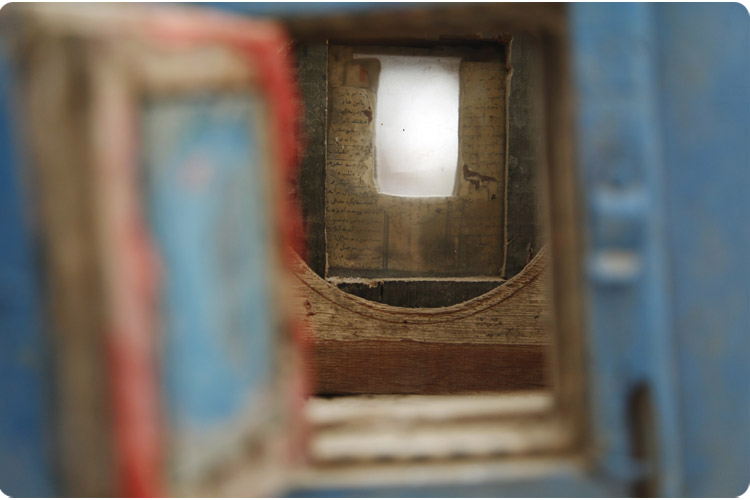
TOOLS
The following basic tools we found with all working box camera photographers.
A bucket filled with water to wash off the chemicals from the negatives and positives after developing them.
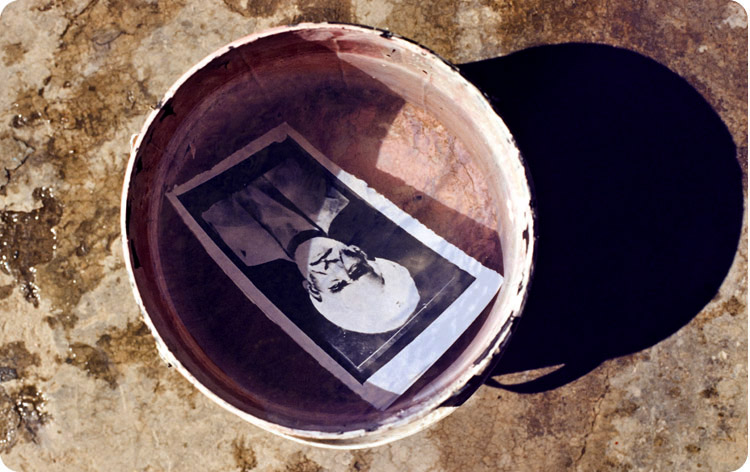
A towel either attached to the camera or swung around the photographers' shoulder to dry off hands and photographic paper.
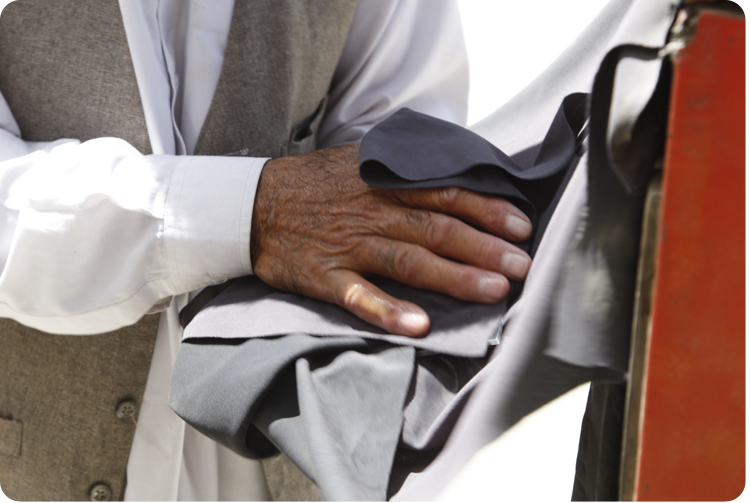
Scissors to cut the developed photographs into the appropriate size.
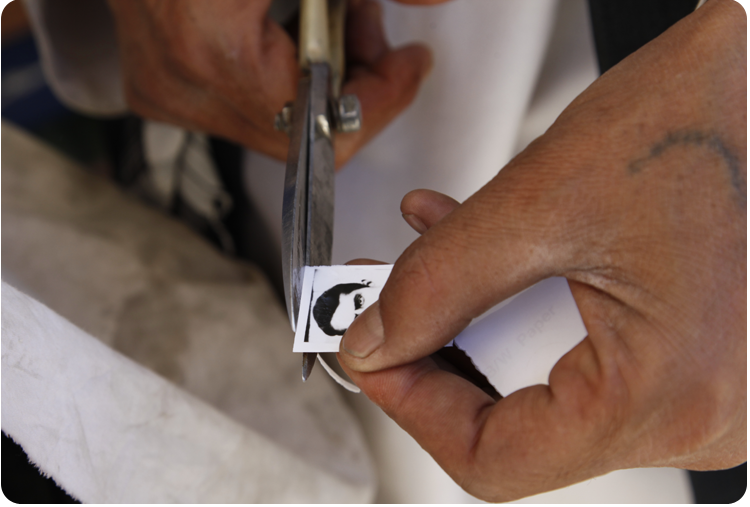
And small strips of paper to wrap and protect the dried photographs in.
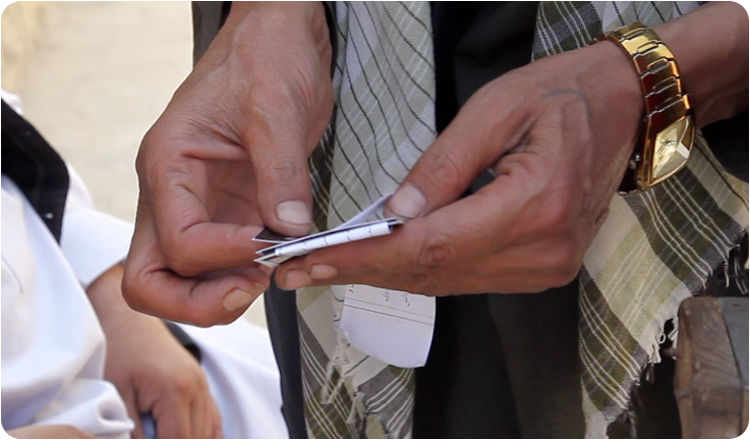
.................................................................................... |











